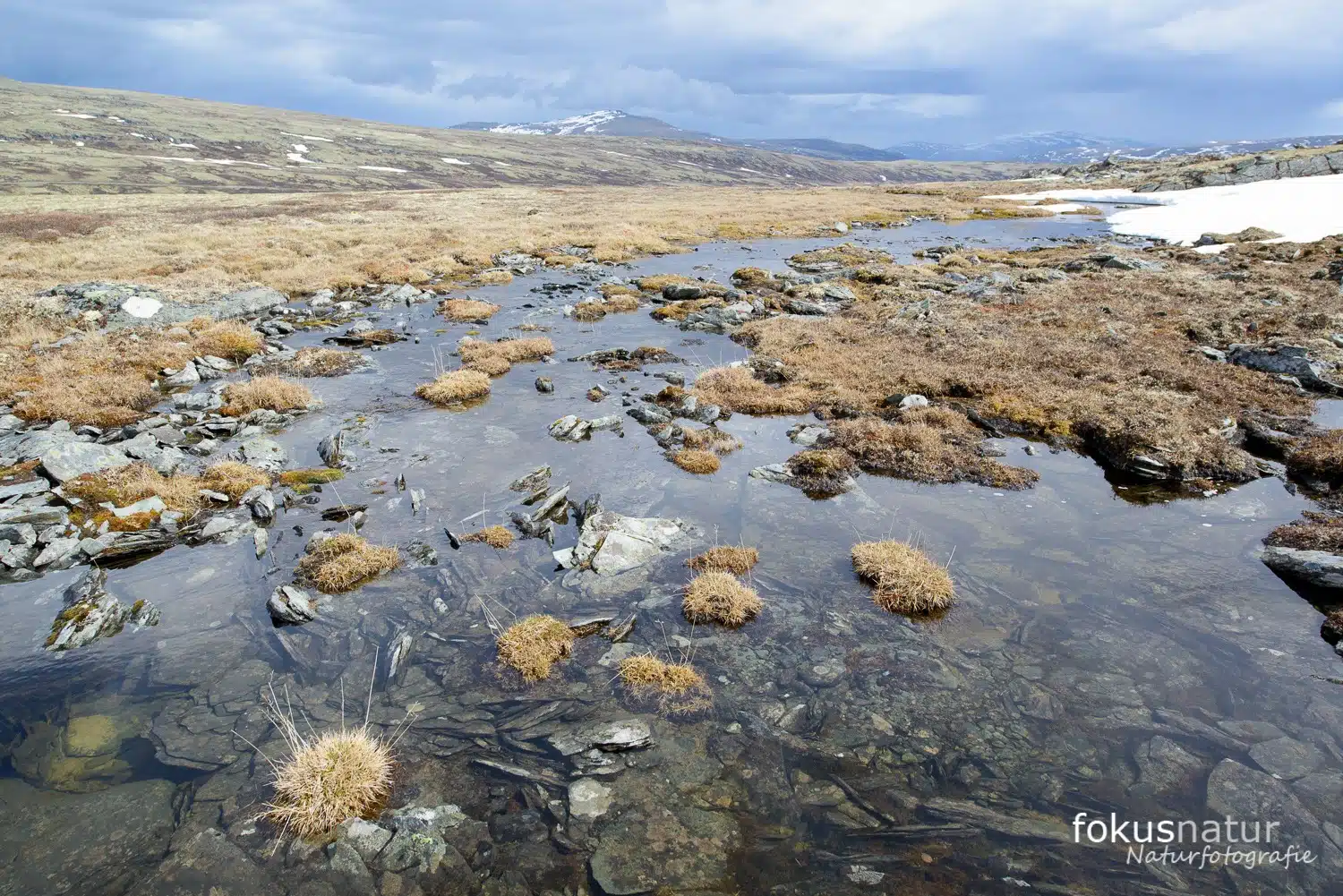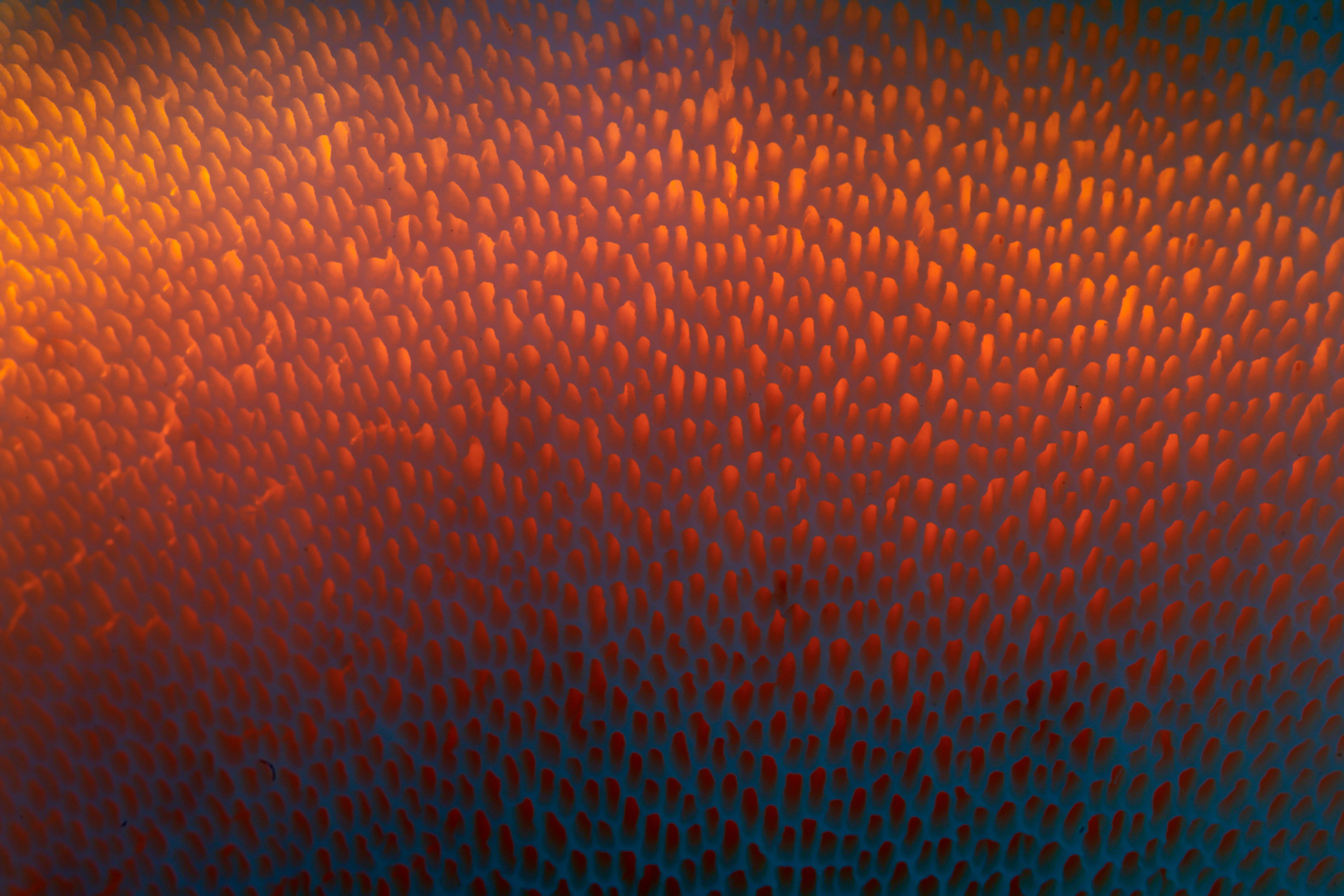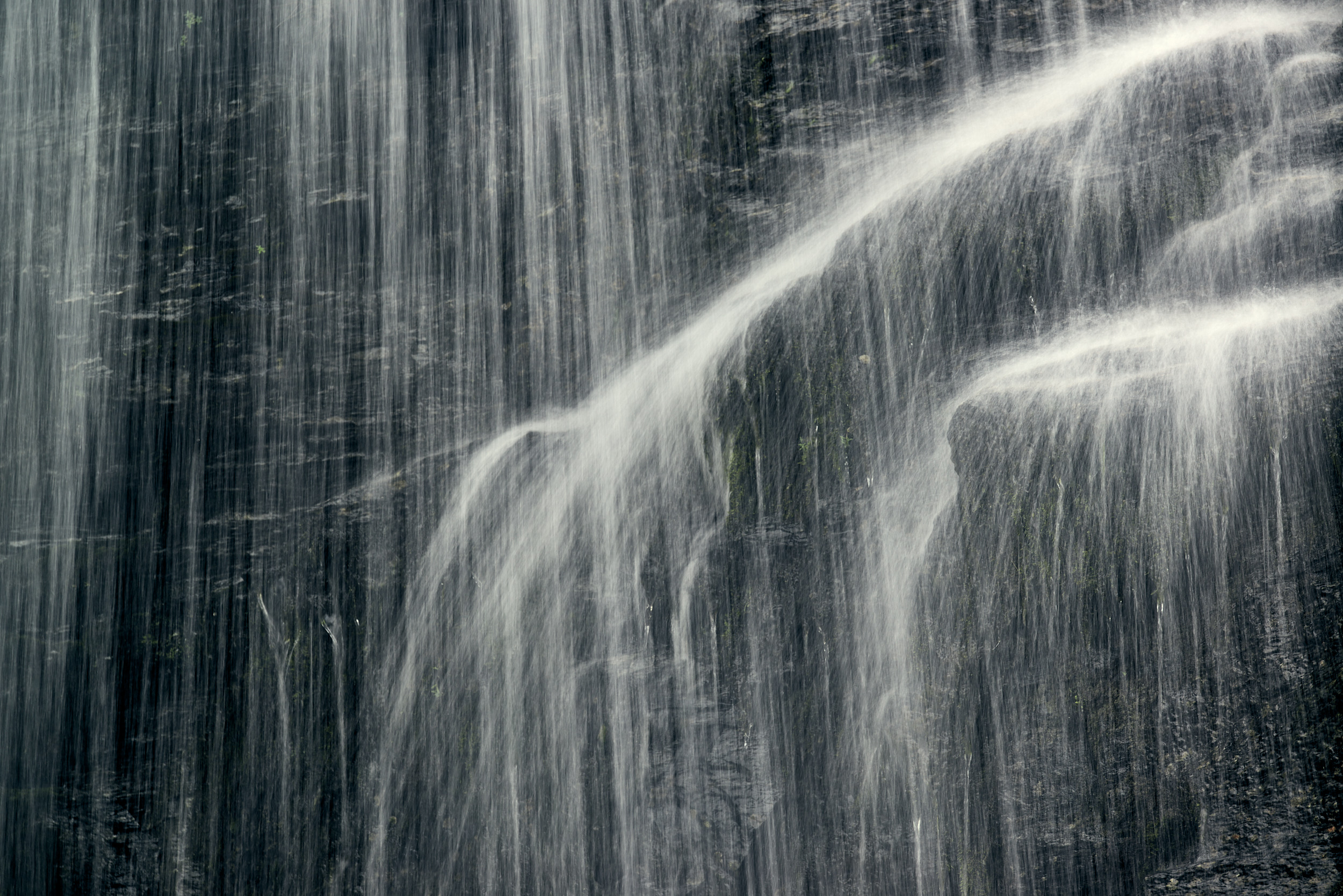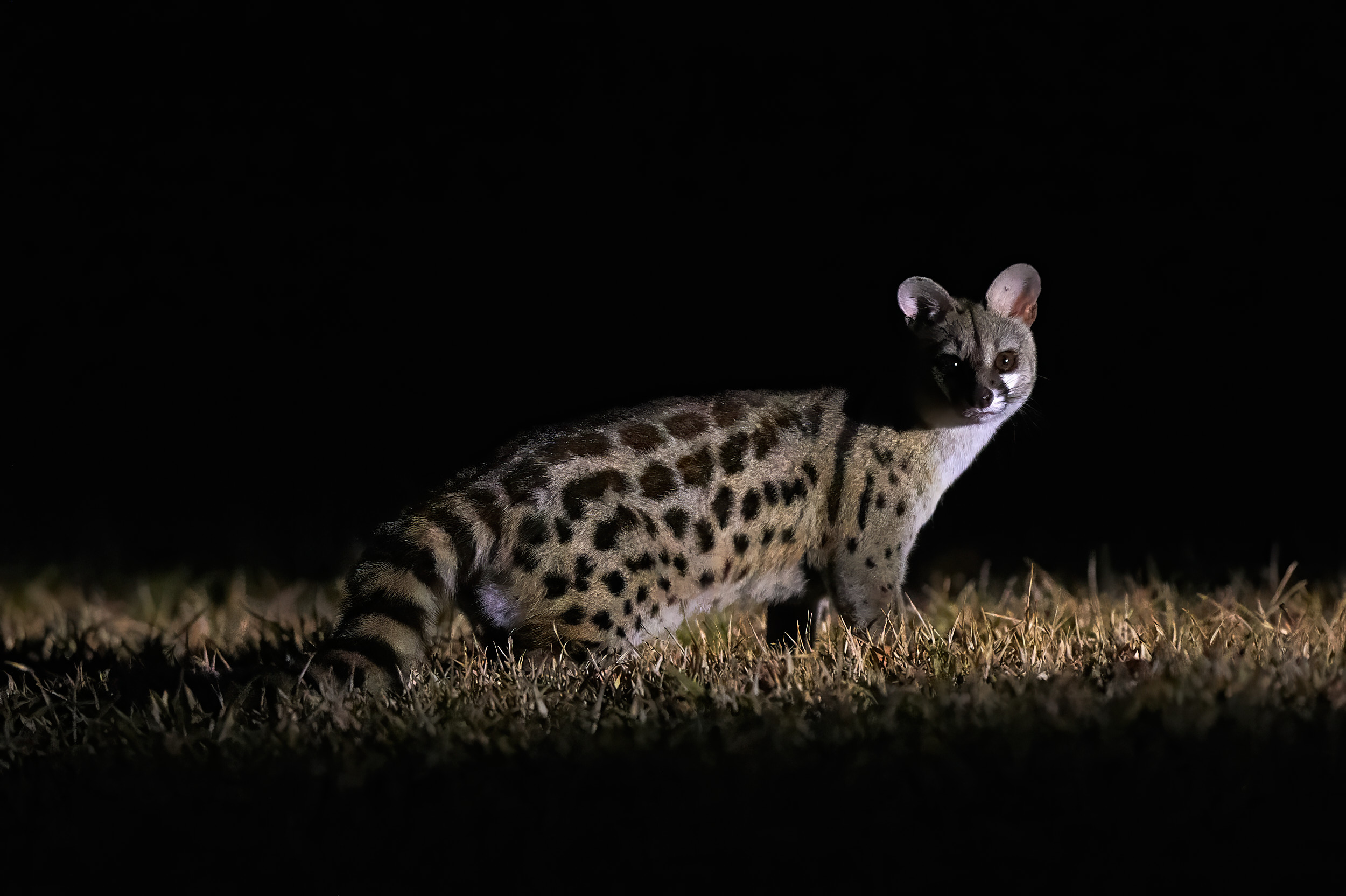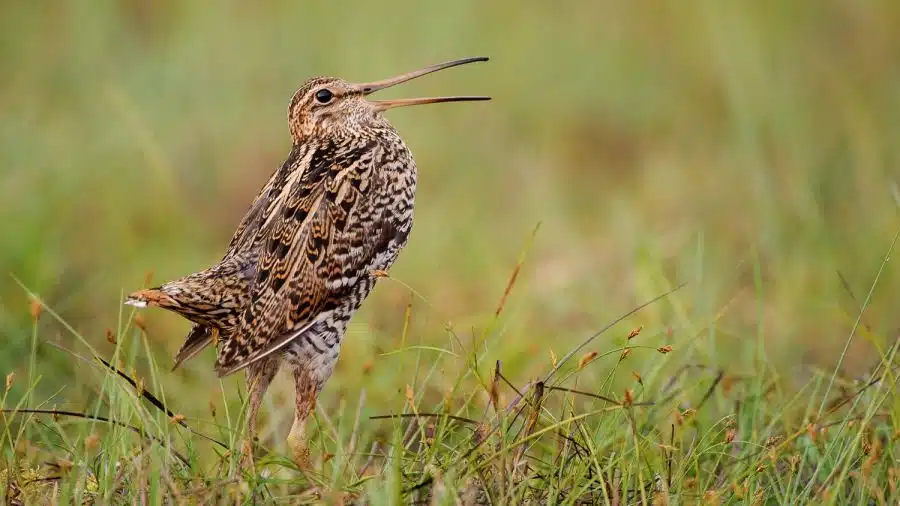The first time I stood under the golden sun of the Serengeti and thousands of wildebeest wandered across the plains, I realized that there are moments that leave a lasting impression on you as a photographer. These wild places offer more than just impressive images – they create a connection to our environment that you can only understand once you have experienced it for yourself.
From the Serengeti in Tanzania, where the spectacular animal migration with over 1.5 million animals captivates thousands of visitors every year, to the fells of Norway with their rounded rocks and black rivers – every place has its own photographic challenges and opportunities. What particularly fascinates me: The sheer diversity of species in regions such as Peru’s Manú National Park, considered the most biodiverse place in the world, creates conditions for wildlife photography that you won’t find anywhere else.
During my travels, I am always amazed by impressive desert landscapes and unique dune formations, which create extraordinary photo conditions, especially at sunset. My trip to Thailand showed me how important the right choice of destination is for a successful photo trip or any wildlife photography safari in general.
This guide takes you to the most spectacular wilderness locations in the world and helps you to prepare your own nature photography trips in the best possible way.
- Wild places for nature photographers worldwide
- What makes these places special for wildlife photography
- Preparation for nature photography trips
- My conclusion
Wild places for nature photographers worldwide
The earth is rich in untouched natural paradises – true treasure troves for passionate nature photographers. These six unique regions offer unforgettable motifs and are a must for any nature photography trip.
1 Serengeti, Tanzania – When a million wildebeest shake the earth
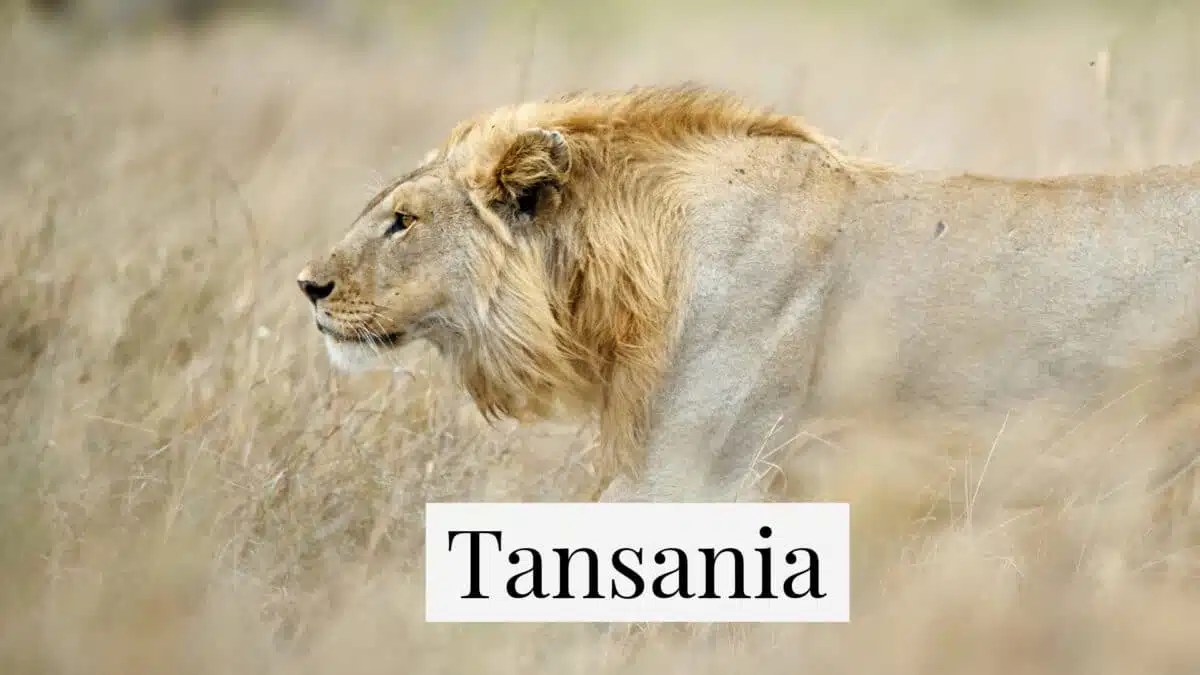
The first time I was allowed to get a taste of the savannah air, I was completely unprepared for the fascination of this beautiful habitat. Over 1.3 million wildebeest roam the endless savannah together with zebras and gazelles, always in search of fresh grass and water. Lions, leopards and cheetahs follow them at every turn.
The spectacular river crossings on the Grumeti and Mara between July and September are incredibly challenging in terms of photography. Thousands of animals plunge into the crocodile-rich waters while you, the photographer, try to capture the perfect moment – often in bright light and with unpredictable animal movements.

Join me on my photo tours and immerse yourself in the world of wild landscapes and unique encounters. Together we will hone your photographic skills – practical, creative and full of inspiration. Secure your place now and rediscover the magic of light and nature.
2 Borneo, Indonesia – Encounters with the gentle giants
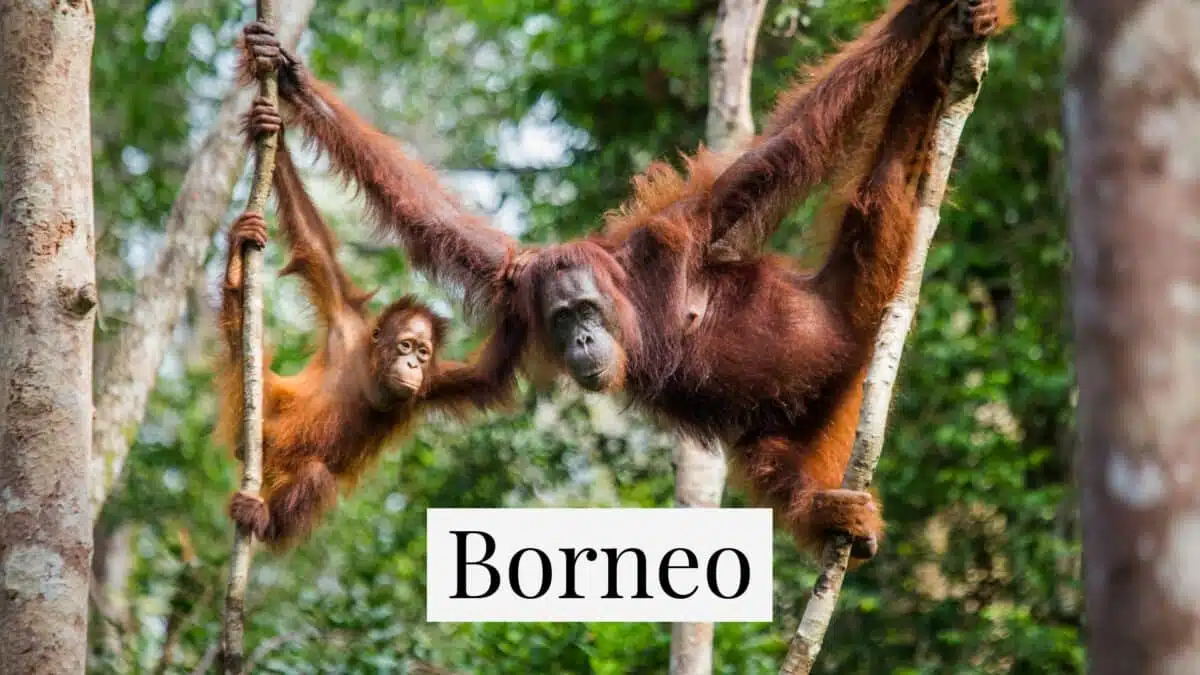
The largest tree-dwelling animals on our planet – the orangutans – live in the rainforest of Borneo. Males can weigh up to 90 kilograms. These largest tree-dwelling creatures on our planet move with a calmness and intelligence that never fails to impress me. The mother-child bond is particularly touching: young animals are suckled for seven years, the most intense bond in the entire animal kingdom.
Unfortunately, the destruction is also photographed here – over 80 percent of the habitat of these fascinating primates has already been destroyed. Conservation programs such as Borneo Orangutan Survival (BOS) are doing important work, but time is running out.
3. Spitsbergen, Norway – Polar bears in the land of the midnight sun

With around 3,000 polar bears, Svalbard is a paradise for wildlife photographers – weather permitting. I recommend the period between March and May for dramatic winter shots, while July and August offer 24 hours of photo light with the midnight sun. The expedition ships with ice class 1B navigate through northern fjords and along the ice edge where the polar bears hang out.
National Geographic photographer Lana Tannir, for example, offers great photo trips to the north.
What many do not expect: In addition to polar bears, walruses, Arctic foxes and reindeer enrich the range of motifs. The biggest challenge? The extreme cold, which drains batteries quickly and causes lenses to fog up.
4 Namibia – Where the desert light becomes magical
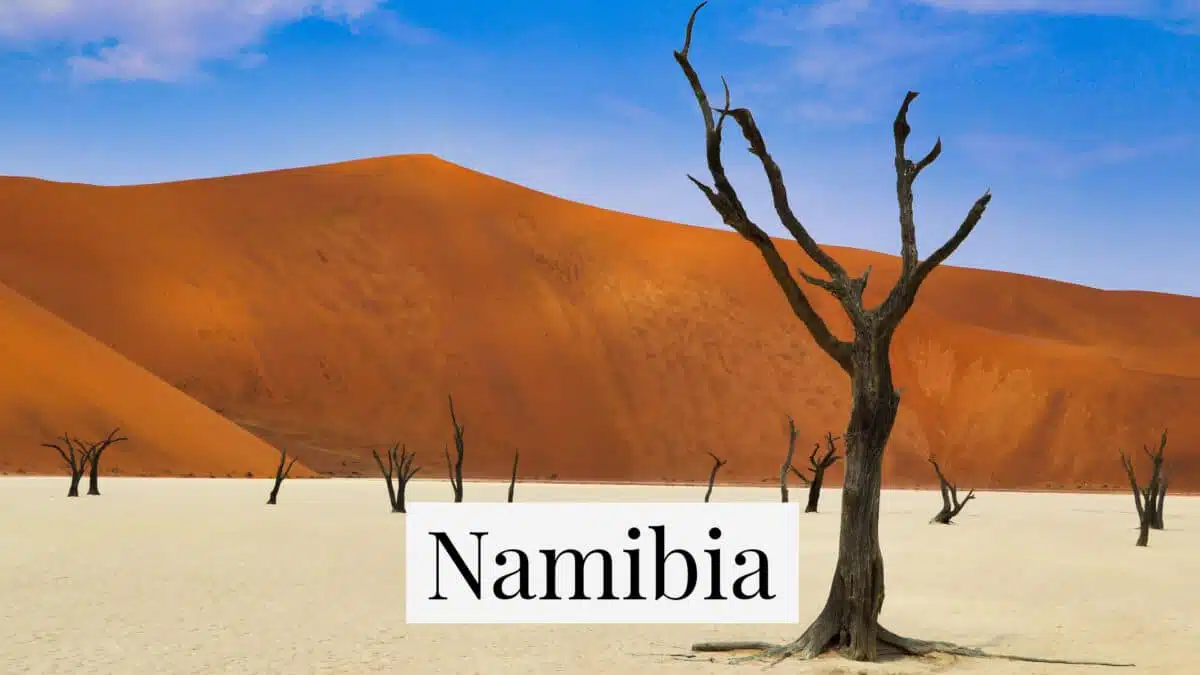
The red sand dunes of the Namib Desert are among the highest in the world and offer top-class landscape photography. Especially the famous Dune 45, often referred to as the most photographed dune in the world, and the surreal Deadvlei with its 1000-year-old dead camel thorn trees attract photographers magnetically.
The magical desert light is at its most intense 45 minutes before sunrise and 20 minutes after. After that, it quickly becomes too harsh and contrasty.
5th Danube Delta, Romania – Europe’s hidden bird paradise
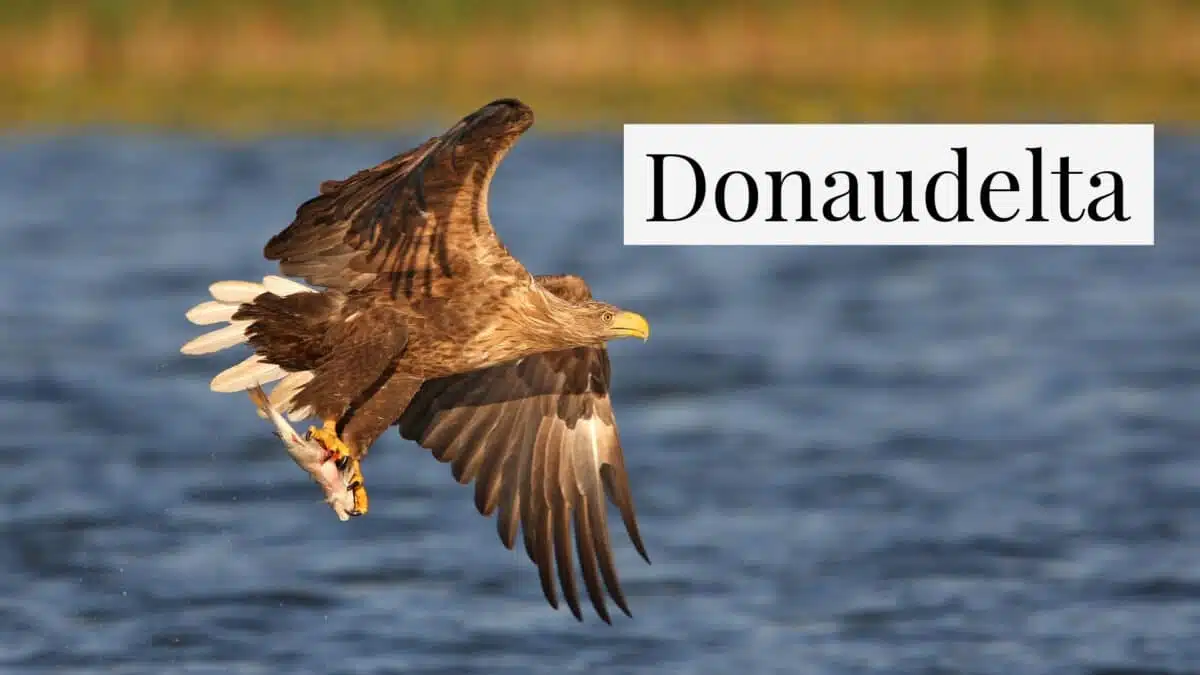
As the second largest delta area in Europe and a UNESCO World Heritage Site, the Danube Delta is home to 340 bird species – a number that never ceases to amaze me. Around 40% of the total area is covered by a labyrinth of floodplains, canals and small lakes. Patience is the key to good photos: During the bird migration periods from April to June, you may be lucky enough to catch a glimpse of pink pelicans, little egrets, spoonbills and even rare moor ducks.
The challenge? Photographing from a boat requires a steady hand and a lot of practice.
6th Shetland Islands, Great Britain – Otter in daylight
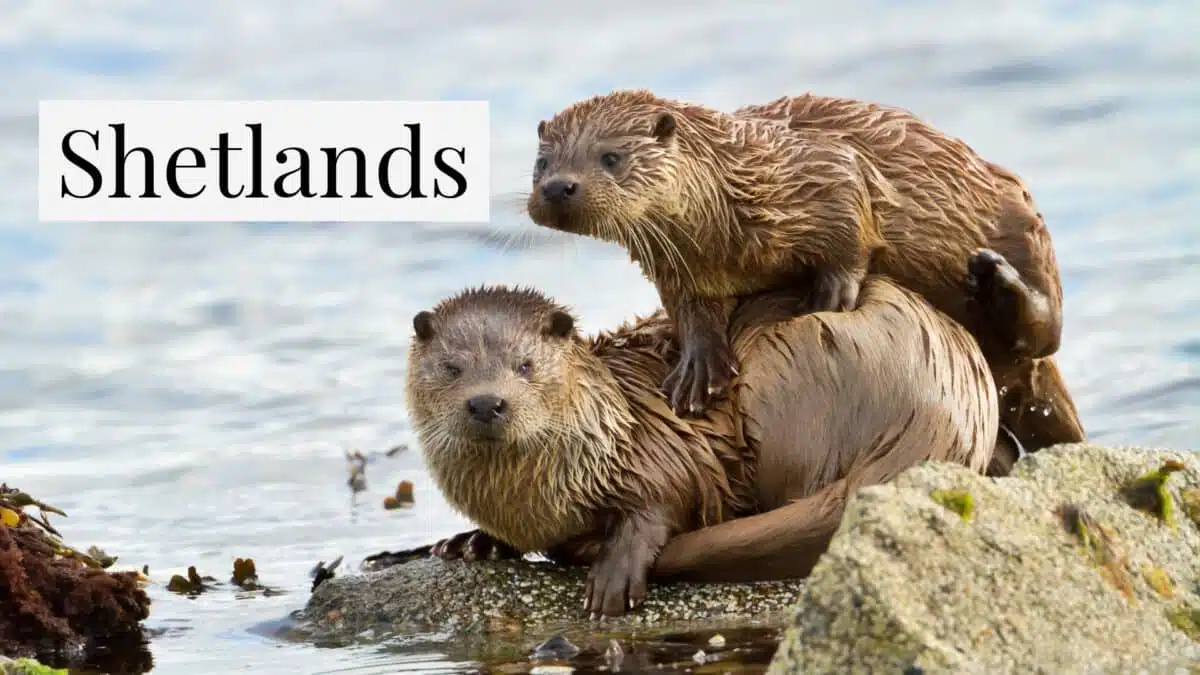
The Shetland Islands have the highest otter density in Europe – and a decisive advantage for photographers: the otters here are active during the day, which is rarely the case in other regions. These charismatic animals can be observed in their natural environment on the wild, often deserted coastlines.
Otters are incredibly curious, but also shy. You need patience and a good telephoto lens to keep a respectful distance.
What makes these places special for wildlife photography
After 20 years in the most diverse regions of the world, I have learned one thing: it’s not just breathtaking landscapes that make a place the perfect photo destination. Rather, there are certain key factors that decide whether I return with ordinary pictures – or with shots that really stand out.
Light is everything – understanding the golden hour
The golden hour – about an hour after sunrise and an hour before sunset – can transform even ordinary subjects into magical photo opportunities. The low sunlight is diffuse, less intense and bathes everything in warm, golden tones. I generally plan my nature photography trip around these light phases and avoid the harsh midday sun.
What makes this light so special?
- Soft light without harsh shadows – ideal for animal portraits
- Warm shades with gold and orange nuances
- Diffuse lighting mood due to atmospheric scattering
The difference is particularly dramatic on photo tours in Africa: the savannah turns into a sea of gold and red, colors become richer and the animals appear more majestic.
Biodiversity as a photographic opportunity
For outstanding nature photography, biodiversity is far more than just a nice extra – it is the basis for true photographic diversity. The greater the biological range of a habitat, the more exciting encounters, unexpected behaviors and unique motifs open up.
Whether tiny insects in the morning light, rare birds mating or shy mammals in the dense undergrowth – every single protagonist contributes to the photographic narrative. Biodiversity means variety, dynamism and the chance to capture special moments that cannot be planned.
At the same time, this diversity also entails a responsibility: those who document it make visible what is already being lost elsewhere – and thus create awareness of the value and fragility of our natural world.
Infrastructure that makes the difference
The best locations for nature photography combine untouched wilderness with a well thought-out infrastructure. Specialized providers for wildlife photography safaris provide access to remote areas and work with experienced guides who not only know the biodiversity but can also accurately assess animal behaviour – an invaluable advantage for impressive shots.
Countries such as Kenya, Namibia and South Africa are at the top of many people’s lists. However, the right time of year often determines photographic success. The Mashatu Game Reserve in Botswana is an excellent example: located in the middle of the wilderness, the camps not only offer comfortable accommodation, but also professional photography workshops and underground hides that provide spectacular perspectives.
India has also developed into a real hotspot for wildlife photography – provided you work with local partners. The subcontinent impresses with an enormous diversity of species, from tigers in central India to sloth bears and rare small cats such as the rusty cat or the jungle cat. However, local support is essential for successful photography in the dense jungles or remote national parks. Only with well-connected guides who know the animals’ territory boundaries and have permits will the safari be a success.
My experience shows: Truly outstanding photo destinations combine magical light, biodiversity and logistical feasibility to create an experience that not only delivers powerful images – but also leaves a lasting impression on nature photographers.
Preparation for nature photography trips
A successful nature photography journey begins long before the shutter is released for the first time. I have learned from my mistakes – and there have been quite a few.
Equipment: My packing list
After too many frustrating moments with empty batteries or forgotten adapters, I developed my standard equipment:
Camera equipment:
- Two camera bodies (in case one fails – happened to me in Sweden)
- At least four batteries (they discharge more quickly, especially in cold regions) per camera
- Telephoto lens 150-600mm or 100-400mm plus a super telephoto lens (500mm) for wildlife photography safari
- Travel tripod and monopod
- Sufficient memory cards
- External hard disk for daily backups
The most important thing: don’t forget a charger and a suitable power adapter! Sounds simple, but I have seen photographers who have been without power for days. A multiple socket is also practical for connecting several consumers.
Timing is everything – the right travel time makes all the difference
Each region has its own photographic window of opportunity – and those who know this will return with more powerful images. The Kalahari Desert is particularly exciting during the rainy season from November to March, when the pans fill with water and numerous animals come to drink. In the Okavango Delta, on the other hand, the dry season from April to October brings ideal conditions – with clear lines of sight, concentrated wildlife movements and stable weather.
But climate change is increasingly altering these patterns. Rainy seasons are shifting, dry periods are becoming more extreme and even seasoned guides can no longer rely on previous experience. What was once considered a reliable time to travel now sometimes brings surprises – both positive and negative.
For nature photographers, this means that flexibility is becoming increasingly important. Those who prepare intensively, keep an eye on local developments and work with experienced partners can be in the right place at the right time, even in a changing climate – and take pictures that make the change visible.
Guided tours or on your own?
Organized photo trips not only offer convenience, but above all clear added value for serious nature photographers: They save time, nerves – and often lead to better pictures. The biggest advantage lies in the know-how of the tour guide. Experienced guides not only know the best spots, but also know exactly at which times of day and year certain animal species are active and where light and composition combine optimally.
Good nature photography tour operators work with local wildlife experts, often have exclusive access to special locations and ensure that you are in the right place at the right time – be it cheetah hunting in the golden morning light or watching the mist rise over an ancient forest.
Important when choosing a provider: make sure the group size is small – ideally six to eight people. I have also experienced tours with 15 participants – patience is required because everyone is in each other’s picture and there is often not enough time for your own compositions. Small groups allow for individual attention, sufficient time with the subject and a much more intense experience of nature.
If you still want to travel individually, you should plan particularly carefully. Tools such as PhotoPills or The Photographer’s Ephemeris help with light and shadow planning. Equally important: research regional conditions and seasonal changes carefully. After all, nothing is more disappointing than arriving in a supposedly ideal month – only to find that the main subject has just moved away or access is closed.
Whether organized or individual: those who are prepared will get more out of their trip – both photographically and emotionally.

Join me on my photo tours and immerse yourself in the world of wild landscapes and unique encounters. Together we will hone your photographic skills – practical, creative and full of inspiration. Secure your place now and rediscover the magic of light and nature.
Responsible nature photography – My experiences with sustainable travel
As a nature photographer, I have realized over the years: Every click of the shutter carries responsibility. It’s not just about taking spectacular pictures – it’s about preserving the world we show. The camera becomes a tool of awareness: it can touch, educate and protect. Sustainability is no longer an optional extra – it has become a duty. Anyone who captures the wilderness through the lens must also be prepared to stand up for its preservation.
Respectful treatment of animals and people
I have a simple rule: the well-being of the animals always comes before the perfect photo.
Feeding for better photos is taboo. Publishing nest locations with GPS data can have fatal consequences. Instead, I take the time to stay calm and let the animals accept me. Patient observation leads to much more authentic shots than any trick.
Read more here: Why species knowledge is so important for nature photographers.
Support for nature conservation projects
My photos only take on real significance when they contribute to concrete conservation measures. That’s why I specifically support organizations that are committed to responsible nature photography. When choosing accommodation, I prefer eco-lodges with renewable energy, even if they are sometimes more expensive.
Part of my income goes towards local nature conservation projects. The “Vital Impacts” initiative by photographer Ami Vitale shows what is possible – over five million dollars raised for nature conservation. 60% goes directly to conservation projects, 40% to scholarships for local photographers.
Nature photography combines two essential aspects: It documents the beauty of our natural world and at the same time becomes a tool for its preservation. Each image can tell a story that moves people to take action.
My conclusion
The places I have presented in this guide offer far more than just impressive images. They create a connection to nature that you only understand once you have experienced it for yourself.
The perfect nature photo is the result of a delicate balance of different factors. Magical lighting conditions, especially during the golden hour, can transform ordinary landscapes into extraordinary scenes. The rich biodiversity in areas such as Borneo or the Danube Delta opens up endless creative possibilities. But most importantly, choosing destinations that combine these elements with the necessary infrastructure for photographers.
Good preparation makes the difference between mediocre snapshots and spectacular shots. After all my experiences in these wild places, I have learned that thorough equipment checks, an understanding of optimal timing and a respectful approach to animal behavior are the foundation of successful nature photography. Whether you opt for a guided trip or workshop, or plan individually, these principles remain equally important.
Above all, we must never forget: Our responsibility as nature photographers goes beyond capturing beautiful images. Small groups, respectful distances and support for conservation projects ensure that the places and creatures we photograph today will exist for generations to come. The most valuable photo you will ever take is one that tells a story while preserving the dignity of its subject.
Nature photography combines two essential aspects: It is both art and advocacy – a powerful medium through which we can share the beauty of wild places while inspiring others to protect them. While equipment and technique are important, the most important tools will always be patience, respect and a genuine love of nature.

